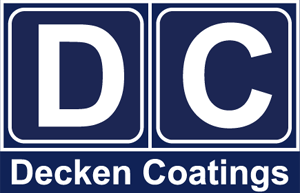DC Intumescent Coating

Fire protection is essential for the safe escape of building occupants and to prevent or contain the spread of fire and smoke. Almost as important is limiting damage to building structures and reducing the risk of building collapse. From the legislative viewpoint, the Building Regulations contain requirements regarding fire protection, including the structural integrity of buildings. There are two complementary classes of fire protection. Everybody is familiar with the active systems, including extinguishers, sprinklers, alarms and extract ventilation, which need little explanation. Passive systems, however, tend to pass unnoticed. Ranging from fire doors and ceilings to structural protection, their purpose is to compartmentalise, contain and hinder the spread of fire and smoke and to delay building collapse. Our perception of steel as a strong material means that the need to protect it may not be obvious. During a building fire, the temperature can rise from its ambient norm, around 20° C, to 1,000° C, as does the temperature of the steel structure supporting the building. As it heats, steel loses its load-bearing strength. Eventually, it reaches ‘critical temperature’ and begins to buckle. Then the building is at risk of collapses.When the temperature rises in a fire, a chemical reaction between the active components in the Intumescent Coating causes expansion to many times the coating’s original thickness, which in effect is a carbon foam. This foam like development acts as a insulator, which protects the steel by slowing the rise to its critical temperature. It cab be also used on walls and woods.
